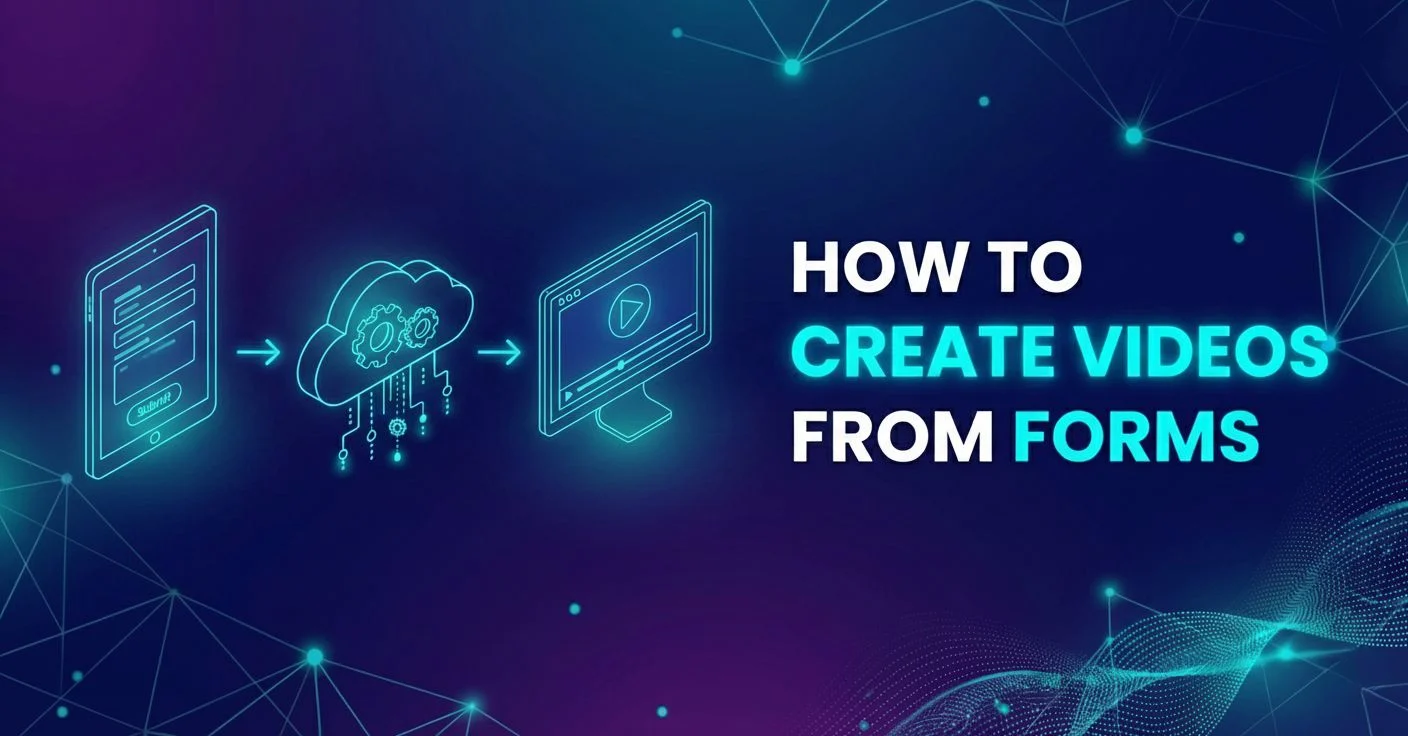Still not using AI-generated ads? You’re wasting a ton of time and money

Say it with me: content is the most important factor for growth. That’s a no-brainer, an axiom I dare to say because we use words, visuals, and videos to communicate and persuade people to become our customers.
According to the Nielsen Company, 47% of sales is attributed to the ad creative. This is a statistic that I’ve learned watching Omneky, the AI-powered tool that allows you to generate rapid iterations of ads, on the TechCrunch Startup Battlefield.
So if almost half of the sales are attributed to ads, why are we risking creating ineffective creatives? Better yet, why are we still shying away from AI-generated ads?
AI-generated ads challenge the old way of working
Despite the fact that AI-generated ads have been around for years, it’s not until recently that they caught the attention of the wider public. Why is that? Well, my hypothesis is that now, compared to three or four years ago, you have much more powerful tools. Open AI has pushed the limits of what’s possible and left us all staring in awe.
The old way of working is challenged. Just think about the process of crafting an ad campaign: you have to sit and think about the strategy behind it, you need to hire copywriters, designers, and performance marketers, and ensure they can all work in sync.
Let’s be realistic here: AI-generated ads cannot magically wipe out all of the work you need to do prior to launching the campaign. You still need to:
- Define your target audience (preferably have well-developed personas or ICP documentation)
- Choose the platform(s) and define the strategy
- Decide on the budget
But that’s approximately just one-fifth of the work you’ll need to do when compared to “the old way”.

Just to be clear: I’m not here to tell you that content automation tools will make the jobs of creative professionals completely obsolete. But they will make them a lot easier. Plus, if you’re a solo marketer who’s wearing multiple hats at a startup, you can get away with not having a team of creatives and still launching awesome, great-performing ads.
How AI-generated ads work and what’s an optimizing loop
While humans are still needed to set the original ad strategy, AI-generated ads can do (almost) all of the creative heavy lifting. This includes creating ad copy and creatives that follow your brand guidelines. But that’s just the tip of the iceberg.
Humans do not have the capability to quickly analyze performance data and fine-tune the ads to improve the results. Moreover, what we can do is take an educated guess and test our hypothesis, meaning we’re placing a bet on what makes the most sense based on the available data we can process.
Why would you do that if AI can automatically iterate and spin up new campaigns based on ad performance and publicly available data on the Internet? This means you can optimize your budget spent across different channels and adjust them to hit KPIs, personalize your copy to certain audience segments or individuals, increase conversion rates, and rely on predictive analytics to know in advance how a certain campaign will perform.

All you have to do is monitor results and learn. That right there is what an optimizing loop is.
AI tools work like that, it’s sort of like a plug-and-play solution. As I already mentioned, this is not a novelty in the advertising industry, companies have been doing it for years. However, technology has advanced which is why you’re seeing more of the bombastic headlines that include words like “disruption” and talk about making creative job titles obsolete.
Types of tools for creating AI-generated ads
When it comes to creating AI-generated ads, there are three categories of tools that you can use:
Examples of tools for creating AI-generated ads
1. Smartly.io: for ad optimization
Smartly.io is an advertising platform that allows you to centralize, automate, and optimize your multi-platform advertising. It has dynamic templates, and custom AI-driven insights, and it allows you to centralize campaign management so that you can publish ads across different platforms.
In a nutshell, it gives you a consolidated view across all your social platforms. But it also costs a lot.
This is a great solution for bigger brands that spend six figures on ads, but for small businesses and startups, I wouldn’t say so. Let’s just take a moment to observe their pricing model:

Smartly's pricing from early 2021. They probably changed the numbers, but their model is probably the same.
As I mentioned before, some tools (Smartly.io included) have a fee-based pricing model that’s directly based on your advertising spend. If these numbers are making you dizzy, move on to the next section.
2. AdCreative.ai: for ad creation
If you’re looking to create ads automatically, then AdCreative.ai could be a solid choice. Their website claims you can expect up to 14x more conversions compared to the manual way of creating ads. The biggest advantage? It saves your time and money, and it’s incredibly scalable.
You start by uploading your logo, selecting your brand colors, and describing your brand shortly so that AI gets sufficient context. Generating your first ad creative is a three step process:
- Create the size of your creative, and give their AI some basic info
- Write the headlines you want to start off with
- Add your images, or pick one from stock footage marketplaces

What’s also neat about AdCreative.ai is that you can also use it to analyze past campaigns and predict future performance if you connect your ad accounts to the platform.
Pricing for startups goes from $29 per month to $149 per month. You can also sign up for a free 7-day trial.
3. Bannerbear + Plainly: for DIY workflow
If you’re looking to save some money and want a more DIY approach, here’s one suggested combination of tools you can use.
I already wrote about Bannerbear a while ago and I still consider it one of the best API-based solutions for automated image creation. It’s great for social media visuals, e-commerce banners, and generally anything you’d use as an ad creative..
Pricing varies depending on the number of API credits and the bandwidth (GB) you need. It starts at $49 per month for 1000 API credits and 10GB. A free trial is possible.
Plainly is also an API-based solution, but for automated video creation. With it, you can automatically generate as many ad creatives as you need, without any manual work. If you have a database (e.g. Airtable, spreadsheet) with different textual and visual elements, Plainly can combine them into a video template you choose and generate 1000s of ad creatives.
With these two tools, you can pretty much create your own automated ad creation pipeline. No need to break the bank.
The workflow can go something like this:
- Use some of the AI copywriting software to create ad copy variations (or ChatGPT, which is completely free)
- Create a spreadsheet with different ad copy and visual assets you may use (product images, videos..etc)
- Let Plainly or Bannerbear automatically generate all the ad variations you possibly need. With these two tools, you’re covered both with images and videos.
- Test ads without the pressure of having to go back to your designer to create new variations.
- Bonus tip: With Plainly, you can also automatically localize your video and ensure your ads are multilingual and therefore they reach your international audience.
What’s stopping you from trying Plainly today?
AI-generated ads are likely to become more sophisticated. I predict this will result in new tools emerging to help users optimize their resources and ad spend. For small companies that are always struggling with their budgets and trying to come up with workable solutions, there are plenty of options.
Moreover, integrating dynamic video ads into your strategy allows you to automatically personalize ad content for each viewer, further boosting engagement and conversion rates.
Plainly is one of the best affordable video automation tools that can be used for dynamic ads and rapid A/B testing. Let me show you how it works: book a 15-min demo with me.





